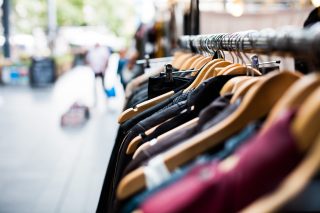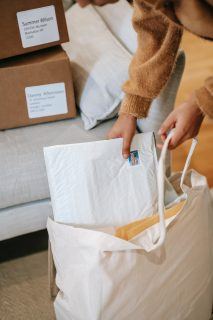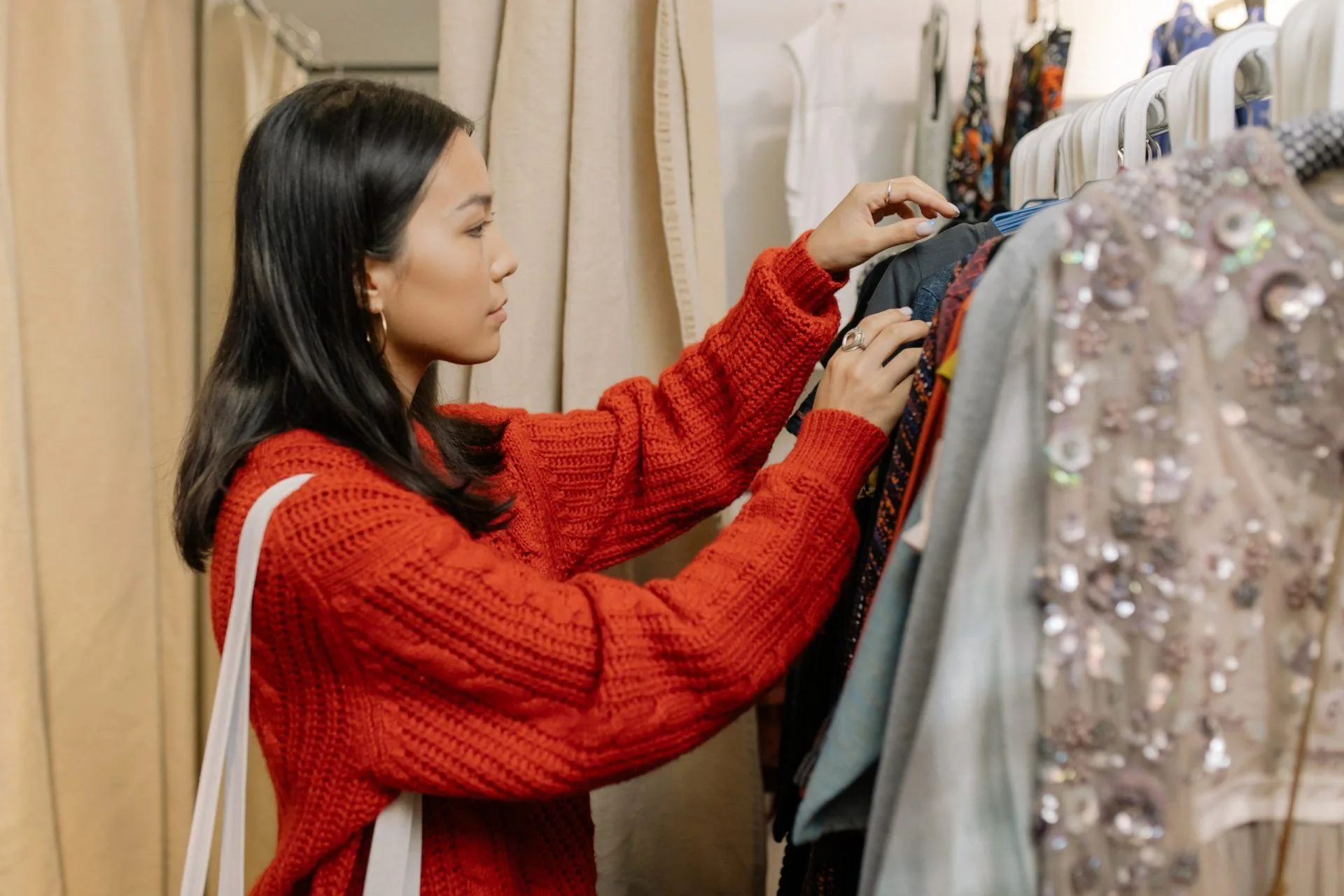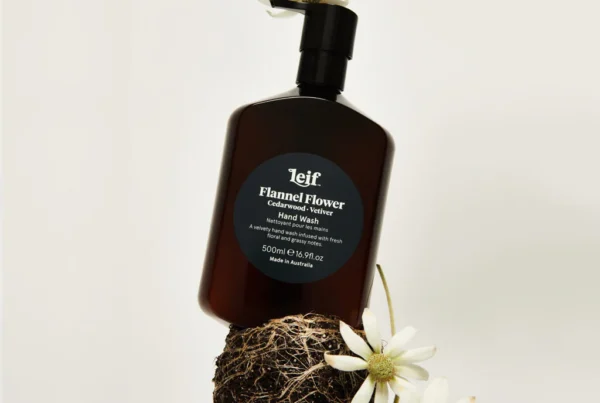Shopping sustainably on a budget is not easy, but it is possible. It’s no secret that Gen Z’s and Millennials are huge supporters of sustainability. However, when shopping, it’s difficult to know how you could possibly maintain your values. This is especially true of those of us who consider ourselves conscious consumers, but also value fashion trends. It is here that we tend to fall short. Too often, I have myself, avoided small, sustainable fashion companies because I assume that they will simply be too pricey.
This is obviously not always the case. More often than not, sustainable, small brands seem too far out of reach. And it isn’t just an issue for Gen Z’s and Millennials or students. Anyone on a bit of a tight budget is likely to feel this way about sustainability. So, what about those of us that are on a budget? Can we also be sustainable shoppers? The simple answer? Yes, we absolutely can! Here are a few ideas for how you can change up your wardrobe without sacrificing staying on top of trends.
Try shopping second hand or thrifting

Photo by Artificial Photography on Unsplash
More and more, thrifting is taking off as a trend in and of itself. If you aren’t currently into thrifting and think that wearing someone else’s used clothing is a bit odd, you might want to reconsider. Once you’ve managed to get past the mental block, you’ll likely realize that it is one of the best ways to shop. Charity shops and second-hand clothing stores usually have amazing brands available. They’re usually much more affordable, and you get to give a garment a new lease on life.
If you’re clever and shop at charity shops in the weather areas, you’ll likely be treated to amazing brands at impossibly low prices. Having done this myself around London, I can confirm that, when it comes to charity shops and second-hand clothes buying, where you shop matters! Just because someone else no longer wants the piece, doesn’t mean it won’t be a great addition to your closet.
Also good to remember is that, in the digital age, there are also online thrift shops and charity shops. If you simply don’t have the time to wade through charity shops all day (or you just don’t enjoy it), you can take your search online. You can have the best access to the cheapest shipping from Canada. Another benefit of shopping online? You have access to more options much more quickly. There are also specialized platforms for second-hand designer pieces.
When it comes to sustainability: Less is more
If you’re looking for a more sustainable way to shop, the best possible way is to buy less. The best way to do this is to really think before you buy. It shouldn’t matter whether you’re shopping from a fast fashion, chain store or not. Anything you buy, you should be questioning. This can be frustrating and takes a bit more time when it comes to the shopping experience. Ultimately, though, it’s worth it.

Photo by Liza Summer from Pexels
The best thing to do, especially if the item you’re looking at is on sale, is to analyze whether you still would have considered buying it at full price. This will give you some insight into whether the only issue was the price point or you’re only attracted to it now because it’s on sale.
Another good thing to think about is how well it will work with the pieces in your current wardrobe. If you see an item and can immediately recognize use-value within your wardrobe, then it’s worth considering. Once you’ve decided that it is potentially something of value to add to your wardrobe, there are a few other things to think about.
- Do you already own something similar (this doesn’t necessarily count when it comes to something like white t-shirts, or other basics? Could also include something you wear very frequently)
- Is it an investment piece or just a trend piece? It’s not that trend pieces are necessarily bad, but they do have a very short life span.
- If it’s an investment piece, will it work across all seasons or is it season specific? In the case that it’s season-specific, for example, a coat, consider how many you already own and how much use-value you’ll gain if you buy it. If you live in a place where it’s very cold a lot of the time, the potential use value is high. If not, then having just one good coat may be okay, and it is thus unnecessary to invest in another one.
- When it comes to investment pieces, choose classic colors and styles. It’s also good to be ready to spend a bit more on these pieces, as they will have longevity.
Don’t be lazy, return it

Photo by Liza Summer from Pexels
Whether it’s that it doesn’t fit, you aren’t sure about it or you simply don’t like it, don’t be lazy – just return it. This seems like a simple thing to do, but all too often we get caught up in our day-to-day lives and just never quite get around to returning that item. It’s far more wasteful to keep something you don’t like and end up throwing it away. When it comes to sustainability, always think of the longer term. If you don’t like it now, or it doesn’t fit you now, you likely won’t like it in a month, and it probably still won’t fit. One of the most important lessons I have learned over the years is to buy what fits you now.
You don’t know the size and shape of your possible future body. It’s always best to have a wardrobe that makes you happy and comfortable. It won’t be such a mission getting dressed, and you’ll be more likely to wear all the things that you own. But, say you’ve already bypassed the return window – what should you do? If you realize that you aren’t going to wear it, try selling it on an online thrifting platform or even just giving it to one of your friends. In case you have a few pieces like this and your friends are in a similar situation, you might want to do some clothes swapping instead.
Sustainability is shopping locally and small
I know that going into a small, sustainable boutique can be quite intimidating. In fact, most boutiques are intimidating when you’re not sure of the price range. I find it’s best to check whether they have an online store before you go in. This will give you an opportunity to scope out the prices and see whether it’s somewhere you could shop. Many small brands are also on social media platforms such as Instagram and Etsy. If you choose that route, you don’t have to visit a physical store. However, sizing can be difficult when it comes to shopping like this.

Photo by Liza Summer from Pexels
The takeaway
If you do buy new, buy wisely. Ultimately, the best closet is the one you already have access to. It’s ideal to reassess your wardrobe at least twice a year. One of the ways I do this is by turning my hangers the other way around. Once you wear something and wash it, you turn it back the correct way. I can’t remember where I saw this tip, but I didn’t come up with it myself. This really helps you to see what it is you’re wearing and what you aren’t. Try to make smart choices and shop smart whenever you can. If your clothes really aren’t wearable anymore, you can recycle them as scrap fabric; recycling services will often recycle certain fabrics.
References
https://www.nhm.ac.uk/discover/sustainable-fashion-on-a-budget.html



![women [longevity live]](https://longevitylive.com/wp-content/uploads/2020/01/photo-of-women-walking-down-the-street-1116984-100x100.jpg)










